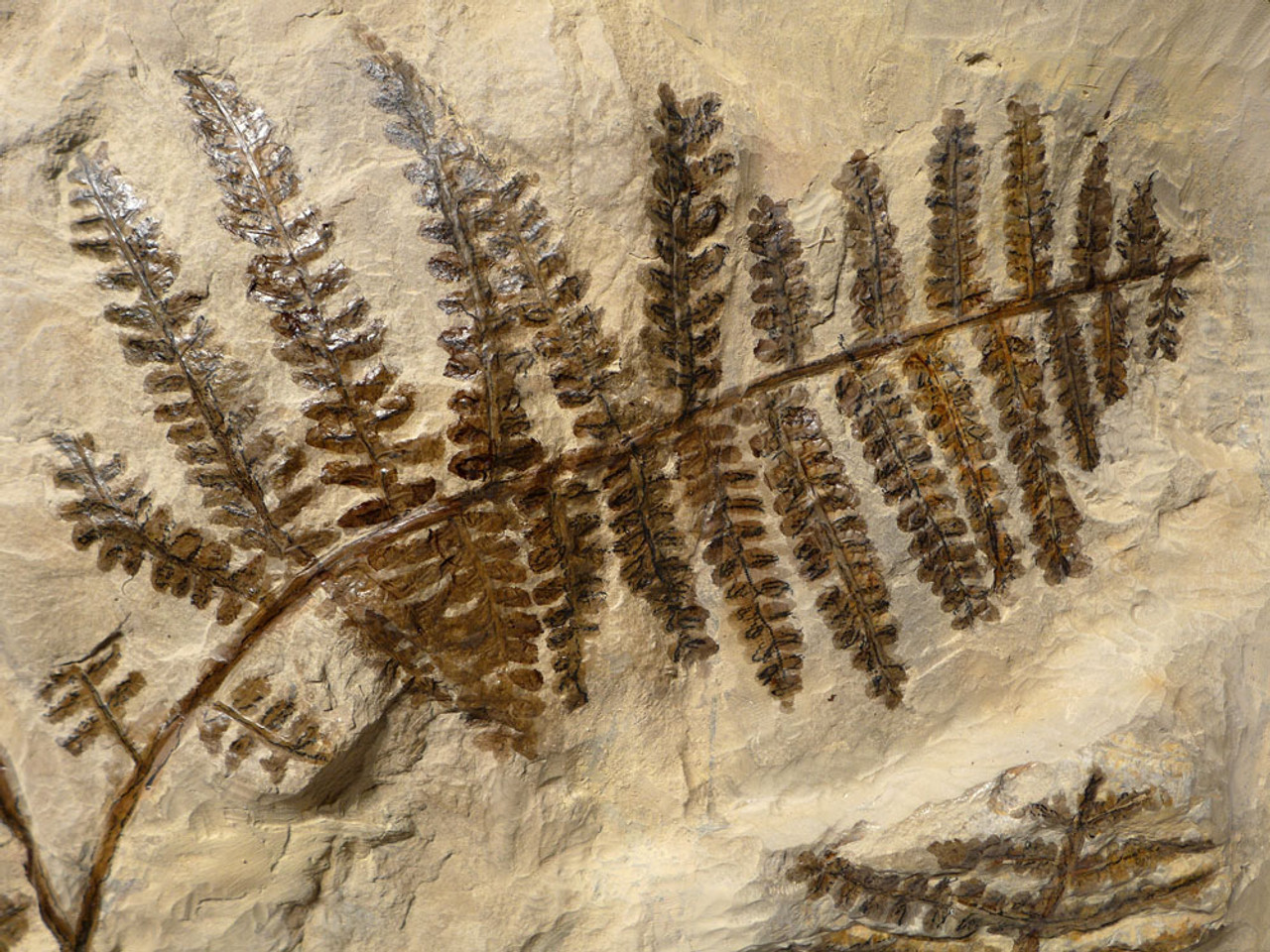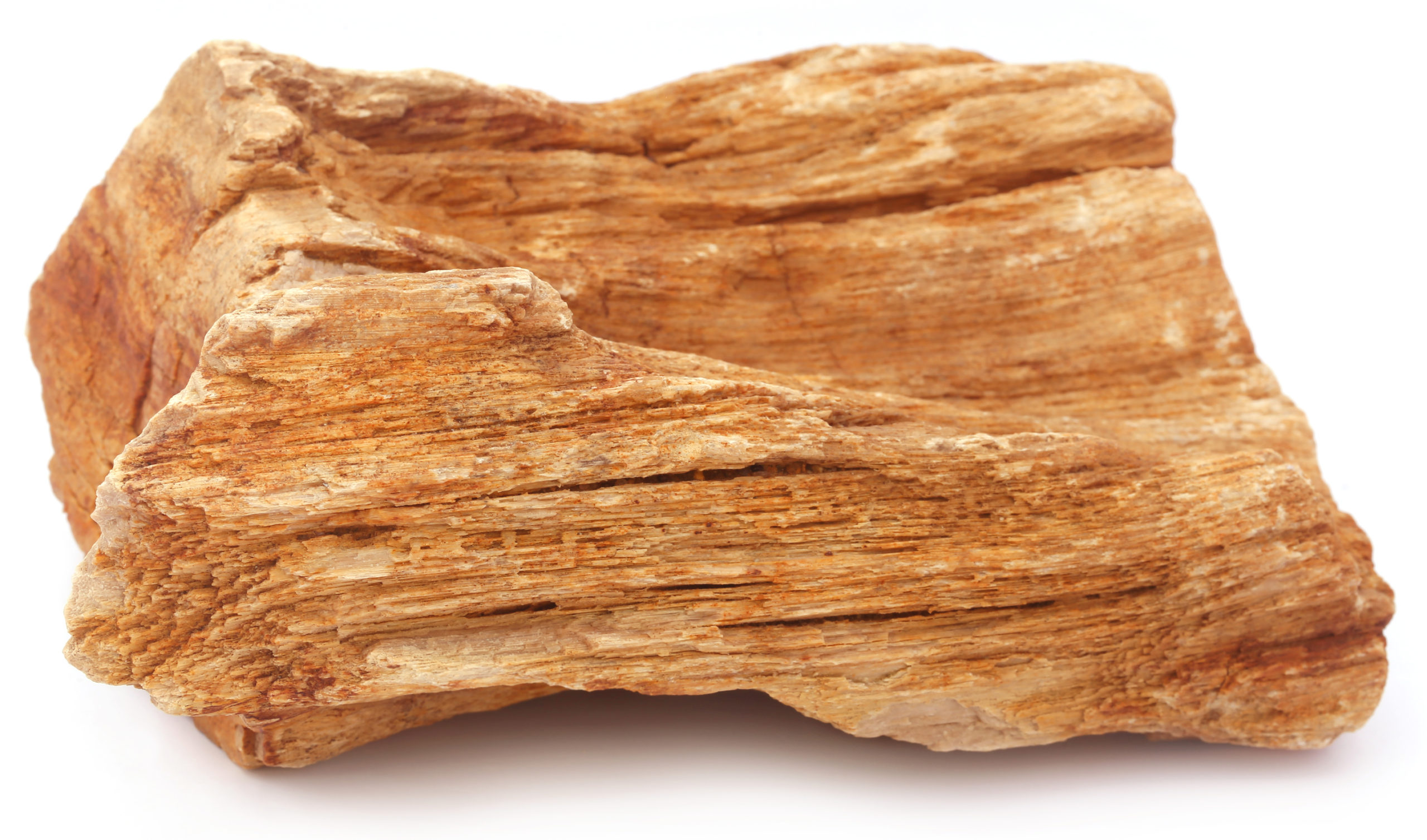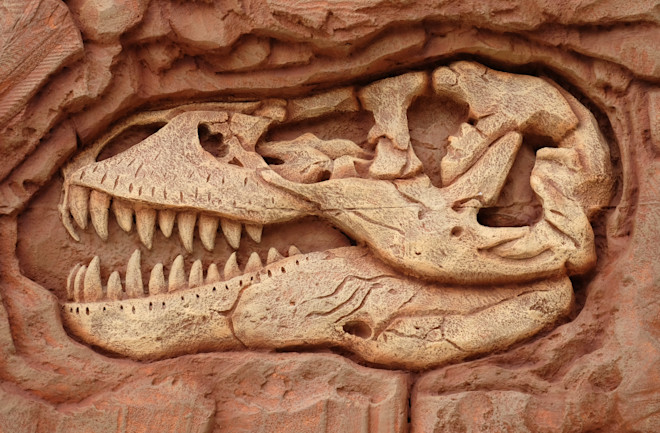What is a fossil?
A fossil is the preserved remains or traces of ancient living things, such as bones, teeth, or footprints.
Fact:
Fossils give scientists important clues about life that existed millions of years ago. They help us understand what plants and animals looked like, how they lived, and how life has changed over time.
Name 3 types of rocks.
Igneous, sedimentary, and metamorphic.
Facts:
These rock types form in different ways: igneous from cooled lava, sedimentary from compressed particles, and metamorphic through heat and pressure.
Match this fossil to a modern animal
Trilobite matches to a modern crab – both have hard exoskeletons

Mark the following provinces based on where you would find the following fossil sites:
- Cradle of Humankind
- Elandsfontein
- Matatiele Dinosaur Footprints

- Cradle of Humankind > Gauteng
- Elandsfontein > Western Cape
- Matatiele Dinosaur Footprints > Eastern Cape
Is this a fossil? State your reason. 
Yes, it is a plant fossil preserved inside a rock.
Fact:
Recognising fossils requires careful observation of shape, texture, and mineral patterns that differ from modern bones or rocks.
How does something become a fossil?
It must be buried quickly under sediment, where minerals replace the organic parts over time.
Fact:
This process is called fossilisation. It often happens in rivers, lakes, or oceans where dead organisms are quickly covered by mud or sand.
Which rock forms from lava?
Igneous rock.
Fact:
Igneous rocks form when magma or lava cools and hardens, like granite or basalt.
What features help us match fossils to modern creatures?
Body shape, bones, teeth, size, and structure.
Fact:
Scientists use physical features to compare fossils to living organisms and identify relationships.
What fossils are found in the Karoo?
Fossils of ancient reptiles and mammal-like reptiles.
Fact:
The Karoo Basin holds some of the oldest and most diverse land-based vertebrate fossils in the world.
Label the three types of rocks shown below


:max_bytes(150000):strip_icc()/GettyImages-565058911-1--58b599d33df78cdcd86dd9e6.jpg)
Metamorphic Rock:max_bytes(150000):strip_icc()/GettyImages-565058911-1--58b599d33df78cdcd86dd9e6.jpg) Sedimentary Rock
Sedimentary Rock Igneous Rock
Igneous Rock 
Facts:
Each rock type has distinct patterns. Sedimentary rocks have layers, igneous rocks have crystals, and metamorphic rocks may show bands.
Why don’t all animals become fossils?
Many organisms decay or are eaten before they can fossilize; fossilization needs special conditions.
Fact:
Fossilization is rare because it requires fast burial and the right environmental conditions. Most organisms disappear before becoming fossils.
Which rock type usually contains fossils?
Sedimentary rock.
Fact:
Because these rocks form from layers of mud or sand, they often trap and preserve remains of organisms.
How do fossils show change over time?
They show how species evolved, adapted, or went extinct.
Fact:
By comparing older and newer fossils, we can trace how life on Earth developed over millions of years.
Why are SA fossil sites important?
They help us understand early human evolution and ancient ecosystems.
Fact:
South Africa’s fossil sites provide valuable information about life millions of years ago and the development of early life forms.
Label the images by defining which is a body fossil and a trace fossil. State your reasoning
Body Fossil: Whole body of creature is visible

Trace Fossil: Footprint of creature is only visible
What conditions help fossils form?
Rapid burial, low oxygen, and mineral-rich water help fossils form.
Fact:
These conditions slow down decay and allow minerals to replace the body parts, turning them into stone over time.
Give one use for each rock type.
Igneous – building stone (granite); Sedimentary – chalk for writing or limestone for cement; Metamorphic – marble for sculptures.
Fact:
Different rock types are used in daily life because of their unique properties like hardness, texture, and appearance.
True or false: All animals leave fossils. Explain.
False. Many soft-bodied organisms decay before fossilizing.
Fact:
Fossils are more likely to form from organisms with hard parts like bones or shells.
What kind of fossils are found near Sterkfontein Caves?
Early human ancestors (hominid fossils) and tools.
Fact:
Sterkfontein is one of the most important sites for studying early hominins like Australopithecus.
What is wrong with this fossil? 
Learners might spot plastic materials on fossil
incorrect textures, unrealistic bones, or generated photo
Fact:
Fake fossils may have unnatural shine, plastic seams, or incorrect shapes. Recognising authentic fossils is a scientific skill.
What can fossils tell us about the past?
Fossils give us clues about ancient environments, extinct organisms, and evolutionary changes.
Facts:
By studying fossils, scientists can build a timeline of Earth’s history and how different life forms evolved.
How do rocks change from one type to another?
Through the rock cycle – heat, pressure, melting, cooling, erosion, and sedimentation.
Fact:
The rock cycle shows how rocks constantly change form over time through Earth’s processes.
What does it mean if a fossil has no modern match?
It could be an extinct species, or we haven’t discovered its modern relative yet.
Fact:
Some fossils belong to species that no longer exist, giving us insights into life that has vanished.
What makes the Karoo fossil record unique?
It spans millions of years and includes early life forms before dinosaurs.
Fact:
The Karoo is a window into prehistoric life from a time before the age of dinosaurs, capturing an evolutionary snapshot of the Permian period.
Observe the image below: State your reason why this fossil was affected by weathering.
Following reasons should be mentioned:
- Signs of cracks
- Fading colours
- Erosion
Fact:
Weathering causes fossils to erode, lose detail, or break. These changes help scientists estimate fossil age and exposure.